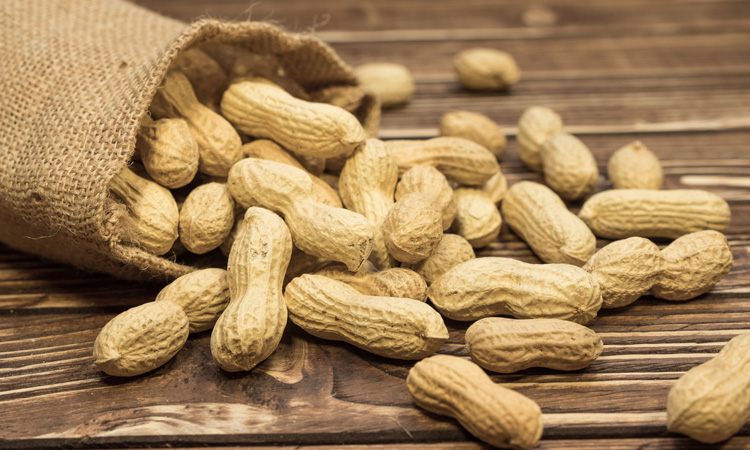FDA approves first drug for treatment of peanut allergies
- Like
- Digg
- Del
- Tumblr
- VKontakte
- Buffer
- Love This
- Odnoklassniki
- Meneame
- Blogger
- Amazon
- Yahoo Mail
- Gmail
- AOL
- Newsvine
- HackerNews
- Evernote
- MySpace
- Mail.ru
- Viadeo
- Line
- Comments
- Yummly
- SMS
- Viber
- Telegram
- Subscribe
- Skype
- Facebook Messenger
- Kakao
- LiveJournal
- Yammer
- Edgar
- Fintel
- Mix
- Instapaper
- Copy Link
Posted: 3 February 2020 | Sam Mehmet (New Food) | No comments yet
Treatment with the drug – Palforzia – may be initiated in individuals ages four through 17 years with a confirmed diagnosis of peanut allergy.


The US Food and Drug Administration (FDA) has approved Palforzia [Peanut (Arachis hypogaea) Allergen Powder-dnfp] to mitigate allergic reactions, including anaphylaxis, that may occur with accidental exposure to peanuts. Treatment with Palforzia may be initiated in individuals ages four through 17 years with a confirmed diagnosis of peanut allergy and may be continued in individuals four years of age and older. Those who take Palforzia must continue to avoid peanuts in their diets, the FDA has advised.
“Peanut allergy affects approximately one million children in the US and only one out of five of these children will outgrow their allergy. Because there is no cure, allergic individuals must strictly avoid exposure to prevent severe and potentially life-threatening reactions,” said Peter Marks, M.D., Ph.D., Director of the FDA’s Center for Biologics Evaluation and Research. “Even with strict avoidance, inadvertent exposures can and do occur. When used in conjunction with peanut avoidance, Palforzia provides an FDA-approved treatment option to help reduce the risk of these allergic reactions in children with peanut allergy.”
Palforzia is a powder that is manufactured from peanuts and packaged in pull-apart colour-coded capsules for Dose Escalation and Up-Dosing, and in a sachet for maintenance treatment. The powder is emptied from the capsules or sachet and mixed with a small amount of semisolid food – such as apple sauce, yoghurt, or pudding – that the patient then consumes.
The effectiveness of Palforzia is said to be supported by a randomised, double-blind, placebo-controlled study conducted in the US, Canada and Europe in approximately 500 peanut-allergic individuals. Effectiveness was assessed by evaluating the percentage of study participants tolerating an oral challenge with a single 600 mg dose of peanut protein (twice the daily maintenance dose of Palforzia) with no more than mild allergic symptoms after six months of maintenance treatment. The results showed that 67.2 percent of Palforzia recipients tolerated a 600 mg dose of peanut protein in the challenge, compared to four percent of placebo recipients.
The safety of Palforzia was assessed in two double-blind, placebo-controlled studies in approximately 700 peanut-allergic individuals. The most commonly reported side effects of Palforzia were abdominal pain, vomiting, nausea, tingling in the mouth, itching (including in the mouth and ears), cough, runny nose, throat irritation and tightness, hives, wheezing and shortness of breath and anaphylaxis.
To mitigate the risk of anaphylaxis associated with Palforzia, the FDA has announced that it is requiring a Risk Evaluation and Mitigation Strategy (REMS) with this approval, which includes elements to assure safe use. Palforzia will reportedly only be available through specially certified healthcare providers, health care settings, and pharmacies to patients who are enrolled in the REMS programme.
Related topics
Allergens, Health & Nutrition, New product development (NPD), Regulation & Legislation, Research & development, The consumer









